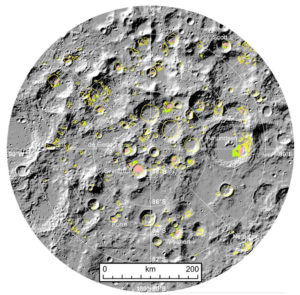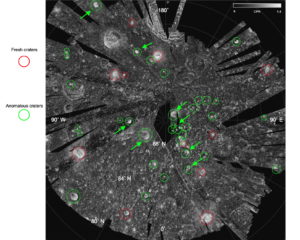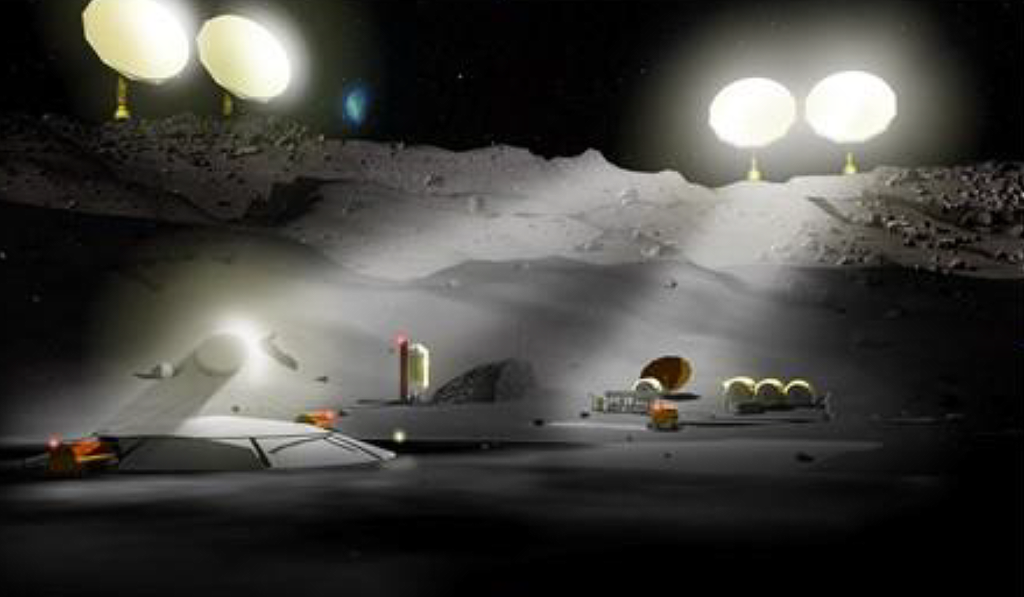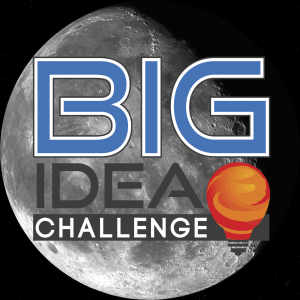- Home
- Classes
- Physics 150 – Nuclear Weapons – Physics, Policy, Proliferation – Fall 2025
- Physics 134 – Observational Astrophysics – Fall 2025
- Astro 1 Spring 2024
- INT 86TN Planetary Defense – Spring 2024
- Symmetry & Aesthetics in Contemporary Physics
- INT 184 – PL Interdisciplinary Honors Seminar – Weapons of Mass Destruction – Spring 2013
- Physics 150 – Modern Design and Fab – Fall 2019
- Physics 4 – Winter 2023
- Physics 141 – Optics – Spring 2019
- Physics 145L – Astrophysics Research
- Physics 199 – Independent Research
- Projects
- Interdisciplinary Center for Interstellar Exploration (iC)
- NASA Watts on the Moon
- Extrasolar Travelers
- CMB-S4 – Ground Based CMB Cosmology Program
- Wafer Scale Spacecraft
- PI-Multimodal Planetary Defense
- Lunar Rover Project
- DE-STAR
- Starlight
- GreenPol – CMB Cosmology
- PLANCK
- Starshot
- SETI
- Small Projects
- Previous Projects
- Facilities
- People
- Net
- Outreach
- Media Links
- NASA Space Grant Student Scholarships
- Bright Stars – VoH
- ARC – Undergraduate Aerospace Research Coop
- POINT – Undergraduate Physics Organization for Innovation and Technology
- All Sky Camera Project
- Education and Public Outreach
- Gaucho Rocket Project
- Undergrad Research Opportunities
- The Space Race
- Misc
- Papers
Lunar Rover Project
Significant resources, including water ice, have been discovered in Permanently Shadowed Regions (PSRs) at the Moon’s South and North Poles by remote sensing techniques aboard a number of NASA’s satellites ( Lunar Reconnaissance Orbiter , e.g.). PSRs have been in shadow since the Moon’s creation, and hence are very cold (about 100K, or -173 Celcius). There is strong evidence that craters at the poles contain significant amounts of water ice and other volatiles, and thus provide important resources for future human colonies on the Moon.
 |
| PSRs at the lunar south pole, with shading where surface ice has been mapped. Latitude range = 90 – 80 0, longitude range = 90 Source: Qiao, L., et al. (2019). Analyses of Lunar Orbiter Laser Altimeter 1, 064‐nm albedo in permanently shadowed regions of polar crater flat floors: Implications for surface water ice occurrence and future in situ exploration. Earth and Space Science, 6, 467–488. https://doi.org/10.1029/ 2019EA000567 |
 |
| Likely water ice on the Moon’s north pole (marked by green circles) found by Chandrayaan 1 instrument Mini-SAR. Photo: NASA Reference |
NASA, along with commercial companies such as SpaceX, Amazon, and others, are gearing up to land at the poles and attempt mining operations to extract water and other volatiles from the PSRs.

Artist’s rendition of future mining operations in a lunar crater. Source: NASA
While the polar craters have been in shadow since the Moon’s formation, regions outside the craters are in sunlight approximately 89% of the time (north pole) and 86% of the time (south pole), or 324 and 314 days/year, respectively ( Selene Mission ). Solar panels will work in these regions most of the time, but other solutions need to be found for the portions of the year when the poles are in perpetual night.
We are proposing our design to NASA’s Big Idea Challenge for 2019-2020

If our design is chosen, it may be incorporated into the Artemis Mission to send people back to the Moon in 2024. As this is a competition, we will release our design only after our proposal is accepted, and our team is selected to receive funding and move into the final competition phase. Stay tuned, as we expect that our stellar team will be selected! Results will be posted some time in February, 2020.